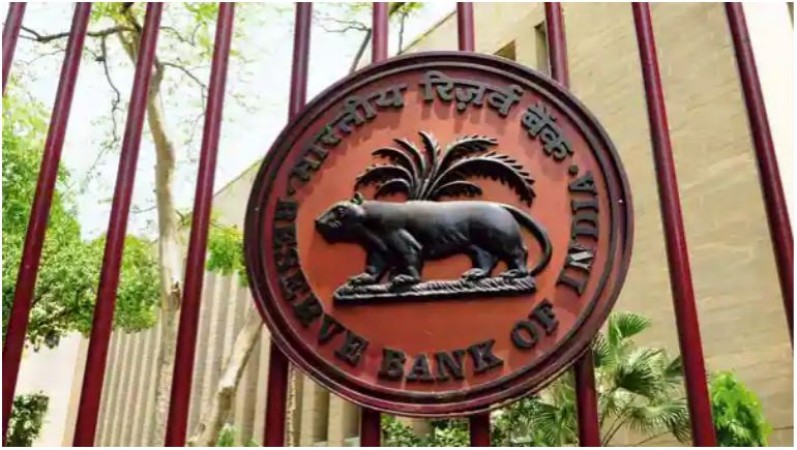
Stress tests by the Reserve Bank of India (RBI) showed that Bad loans in the banking sector is expected to fall further from a six year low of 5.9% reported in March, This improvement is visible on the back of higher expected bank credit growth and falling trend in the stock of gross bad loans, among other factors, the RBI's Financial Stability Report said.
"Stress test results presented in this Financial Stability Report shows that banks are well positioned to withstand even severe stress scenarios without falling below the minimum capital requirement," RBI Governor Shaktikanta Das said in the foreword to the report. The Central bank released the June edition of the report on Thursday.
Stress tests, which measure a bank's ability to withstand unexpected shocks from the macroeconomic environment, the gross NPA ratio of banks is expected to drop from 5.9 percent recorded in March 2022 to 5.3 percent by March 2023 under the baseline scenario, the report said. There are no regulatory reliefs assumed in the projections. Also, it does not consider the potential effects of National Assets Reconstruction Co Ltd.'s purchases of stressed assets. The gross bad loan ratio of banks may increase to 6.2 percent and 8.3 percent, respectively, in the event that the macroeconomic situation deteriorates to a medium or severe stress scenario.
The report said that the gross NPA ratios of public sector banks may increase to 10.5% by March-end from 7.6% in March 2022, under the severe stress scenario. In case of private banks, the ratio may rise to 5.7% from 3.7%, and for foreign banks, it would be 4% as against 2.8%. On the banks' capital, the stress test results revealed that banks are well-capitalised and capable of absorbing macroeconomic shocks, even in the absence of any further capital infusion.
Rupee better placed than other global currencies against USD: FM